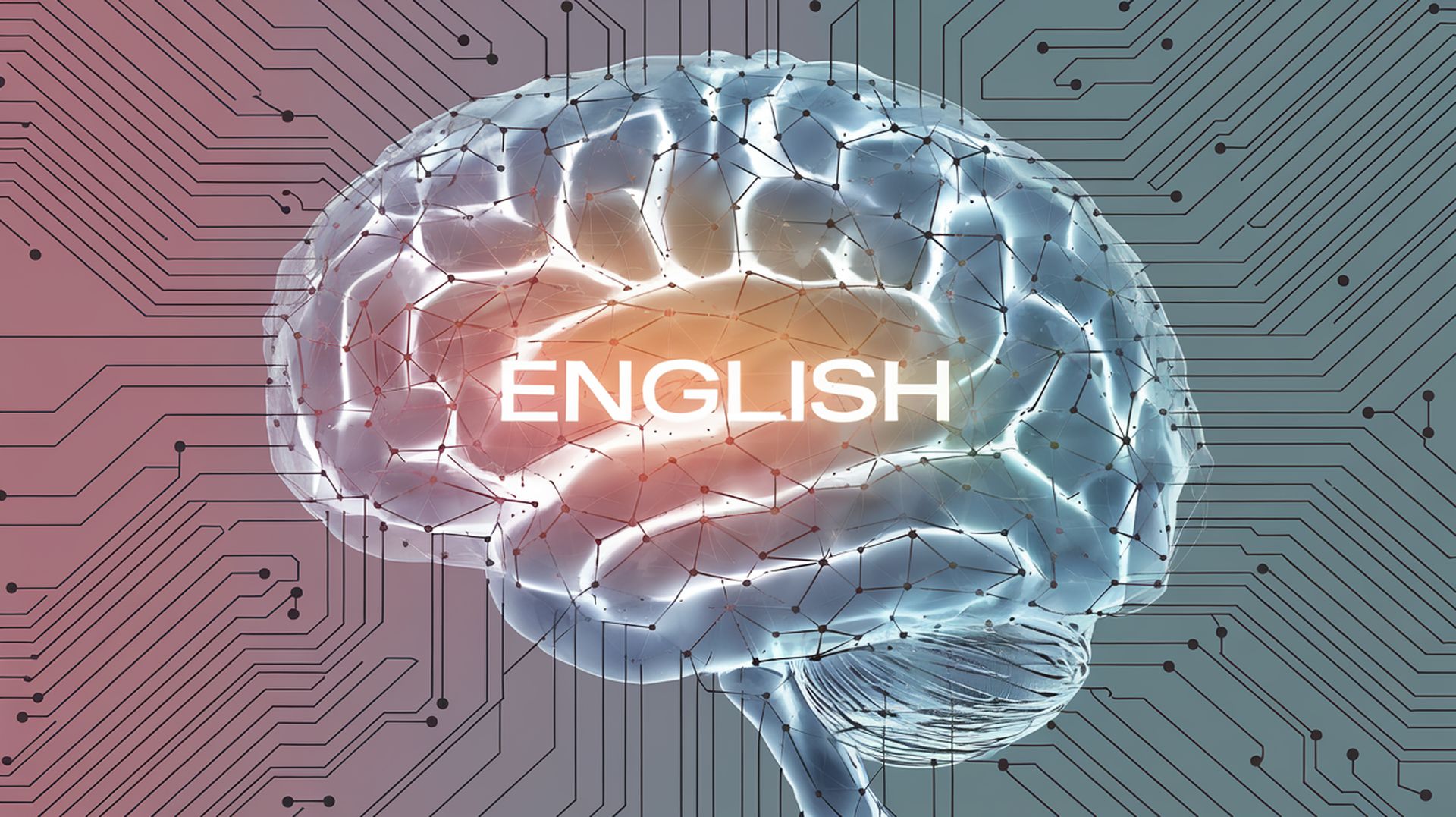and the distribution of digital products.
Do multilingual AI models think in English?

Large language models (LLMs) are celebrated for their multilingual capabilities, but how do they actually process non-English languages? A recent study called “Do Multilingual LLMs Think In English?” by Lisa Schut, Yarin Gal, and Sebastian Farquhar from the University of Oxford and Google DeepMind suggests that LLMs may be more English-centric than previously thought. Their findings reveal that, regardless of the input or output language, these models tend to reason in an internal representation space closest to English before translating their thoughts into the target language.
An English-centric thought processLLMs are trained on vast amounts of multilingual data, yet the dominant language in their training corpus often dictates how they structure information internally. The study analyzed multiple open-source models, including Llama-3.1-70B, Mixtral-8x22B, Gemma-2-27B, and Aya-23-35B, to investigate whether these systems process meaning in a language-agnostic way or if they default to an English-centric representation space.
Using a technique called the logit lens, researchers decoded the latent representations of these models and discovered a striking pattern: when generating text in non-English languages, LLMs first map semantically significant words (such as nouns and verbs) to their English equivalents before converting them into the target language. This phenomenon was observed across multiple languages, including French, German, Dutch, and Mandarin.
For example, when the model was given the French sentence “Le bateau naviguait en douceur sur l’eau” (“The boat sailed smoothly on the water”), the internal representations showed that words like water and boat were first mapped to their English meanings before being translated back into French. However, grammatical elements such as prepositions and determiners remained in the original language, suggesting that only semantically loaded words undergo this English-centric processing.
AI now handles molecular simulations: Thanks to MDCrow
The steering vector experimentAnother key experiment in the study involved activation steering, a technique used to manipulate LLM responses by nudging them toward specific concepts. The researchers found that steering vectors—mathematical representations that guide the model’s decision-making—were significantly more effective when computed in English than in the input or output language. This further supports the idea that the model’s core reasoning occurs in an English-aligned space.
For instance, when an LLM was prompted to write a sentence about animals in German, the model responded more consistently when the steering vector was derived from the English word animal rather than its German counterpart Tier. This suggests that even when models produce fluent non-English text, their underlying logic remains tied to English representations.
The English-centric nature of LLMs has both advantages and drawbacks. On one hand, it allows these models to perform well across multiple languages despite being trained predominantly on English data. On the other hand, it introduces biases and limitations:
- Lower fluency in non-english languages: Models trained with an English-oriented structure tend to produce unnatural sentences when generating text in other languages. This can make their output sound stilted, particularly in languages with significantly different syntax and grammar.
- Cultural and linguistic bias: Since the internal structure favors English, certain languages may be underrepresented, leading to unfair disadvantages in performance. Previous research has already highlighted Western-centric biases in AI models, and this study adds another layer to the problem.
- Translation artifacts: Because models translate their internal thoughts from English, they may generate awkward phrasing or errors when working with languages that have no direct English equivalents for certain words or expressions.
Interestingly, not all models exhibited the same degree of English-centric processing. Aya-23-35B, a model trained on 23 languages, showed the least amount of English routing, whereas Gemma-2-27B, trained primarily on English, showed the most. This suggests that the degree of multilingual proficiency directly influences whether a model relies on English representations.
Additionally, smaller models exhibited a greater tendency to default to English, likely due to their limited ability to store multilingual embeddings efficiently. Larger models, with more parameters and training data, appear to have a slightly better grasp of multilingual semantics, though the English bias still remains.
Can LLMs truly think multilingually?The study’s findings challenge the assumption that LLMs operate in a truly language-agnostic way. Instead, they suggest that multilingual AI is still fundamentally shaped by the dominant language in its training corpus. This raises important questions for AI developers and researchers:
- Should training datasets be restructured to promote more balanced multilingual representations?
- How can we mitigate the English bias to improve fluency and fairness across different languages?
- Are there alternative architectures that could better encode language-independent representations?
Addressing the English-centric bias in LLMs will be crucial for developing truly multilingual, culturally aware systems. Researchers suggest potential improvements such as:
- Training on More Diverse Data: Incorporating a broader range of languages during pretraining could help LLMs develop a more balanced representation space.
- Enhancing Cross-Lingual Steering: Developing better methods for steering LLMs in non-English languages could improve their performance across various linguistic contexts.
- Exploring New Architectures: Future AI models could incorporate mechanisms to decentralize language representations, ensuring that reasoning and decision-making processes are truly language-agnostic.
For now, one thing is clear: while multilingual AI has made impressive strides, the way it “thinks” is still deeply tied to English. Understanding this bias is the first step toward creating fairer, more effective AI systems for global users.
Featured image credit: Kerem Gülen/Ideogram
- Home
- About Us
- Write For Us / Submit Content
- Advertising And Affiliates
- Feeds And Syndication
- Contact Us
- Login
- Privacy
All Rights Reserved. Copyright 2025, Central Coast Communications, Inc.